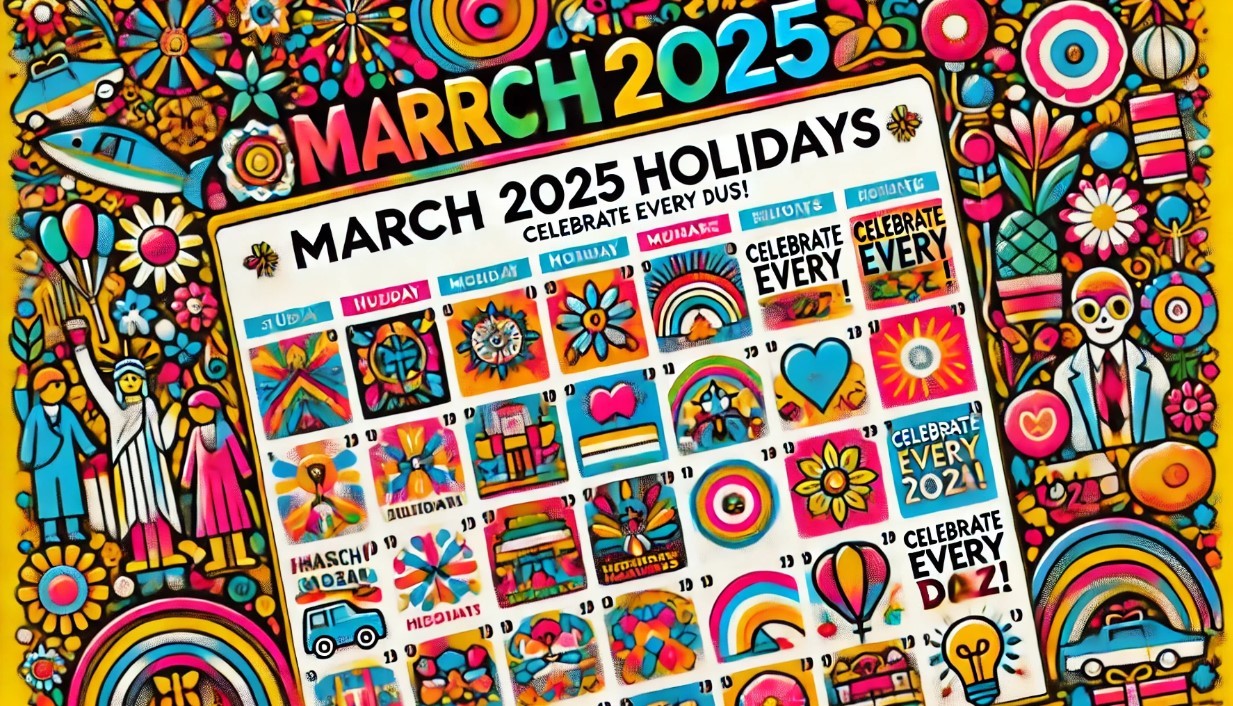Canada Day (July 1): History, Meaning, Trivia, Celebrations and Facts
What Is Canada Day?
July 1 is Canada Day, which is a holiday.
Canada Day, or Fête du Canada in French, was first called "Dominion Day." It is the national holiday of Canada and is a celebration of the joining of New Brunswick, Nova Scotia, and the Province of Canada, which included parts of modern-day Ontario, Quebec, and Labrador, into one confederation.
It is moved to July 2 if it falls on a Sunday, except in Nova Scotia and Newfoundland, and Labrador. This day is observed by all provincial governments. A lot of businesses, stores, and organizations are closed, but some gas stations, book stores, and pharmacies may be open. The post office is closed. All Canadian schools are closed on Canada Day because it falls during the summer break.
Public transportation may run on a schedule that is longer or shorter than usual. In some places, extra services are available for big events. When streets are closed for events like concerts, parades, and festivals, they may make it harder for people to get around.
Learn more: July 2024 Canada Calendar: Special Days, Full List of National Holidays and International Events
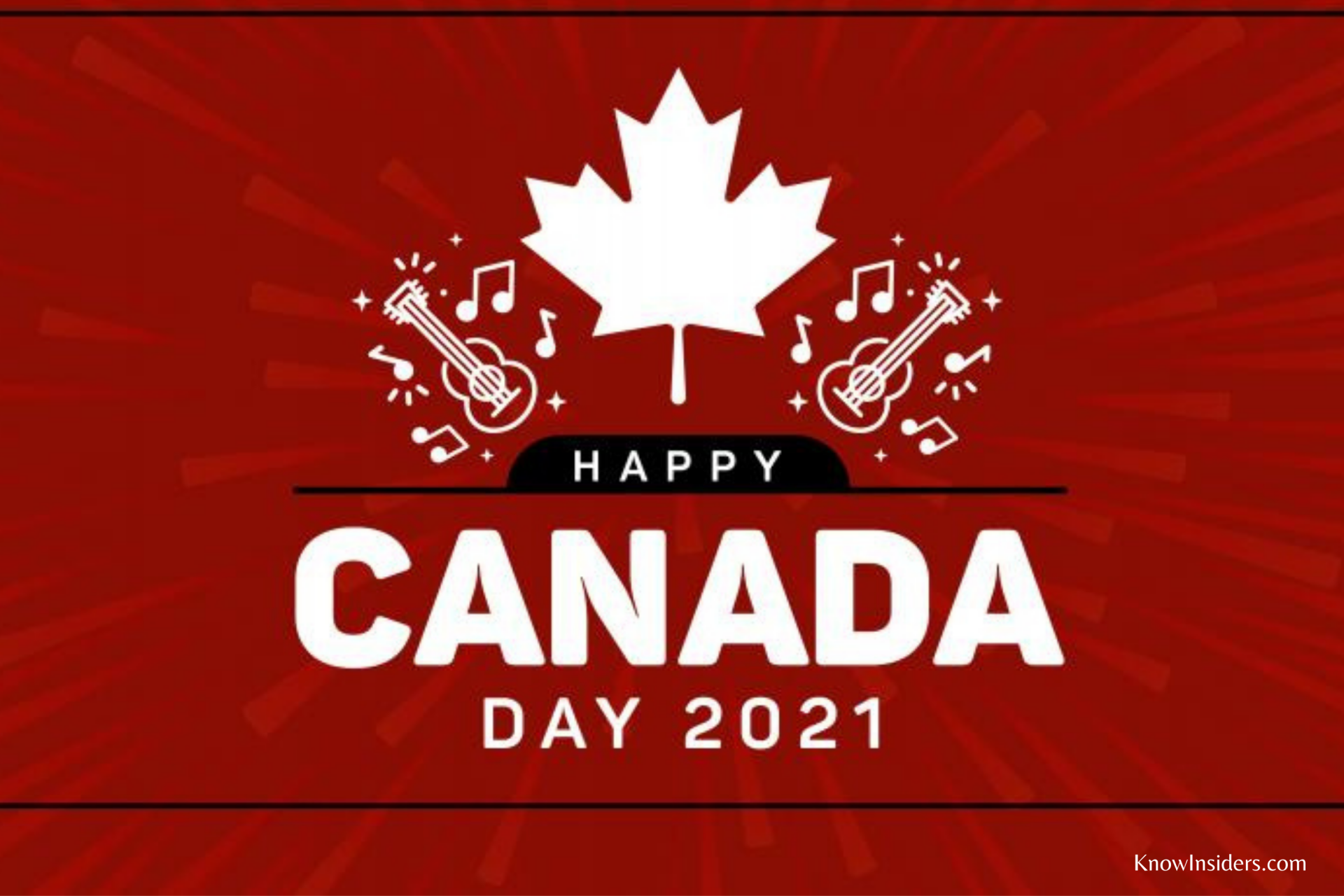 |
Canada Day: History
The British North Americas Act made the Dominion of Canada out of four provinces on July 1, 1867.
The confederation of Canada is the name of this event. The provinces were made from Nova Scotia, New Brunswick, the Province of Canada (which was split into Quebec and Ontario), and the former British colonies of Nova Scotia and New Brunswick. In the years since 1867, Canada's borders have grown.
There are now 10 provinces and 3 territories in the country.
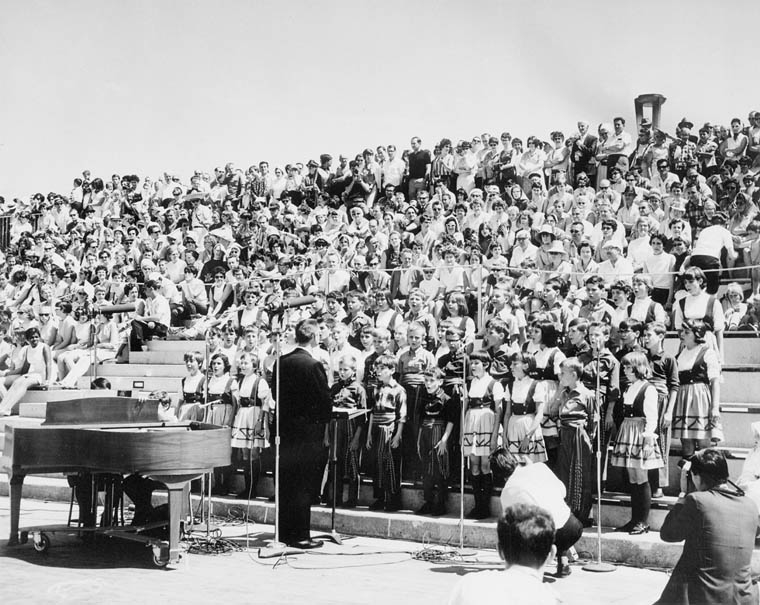 |
| Photo: CYB |
Canada's Governor General said that people should celebrate the anniversary of the confederation on June 20, 1868. In 1879, July 1 was made a holiday.
It is now called Dominion Day. It wasn't really celebrated, though, until the 50th anniversary in 1917 and the 60th anniversary in 1927. Dominion Day was celebrated more often and the national government put together more events after World War II. Dominion Day events spread across the country after the 100th anniversary of the confederation in 1967. People began calling July 1 "Canada Day." From 1983 on, the day was also known as Canada Day by the government.
In the UK, Canada Day celebrations have also been held at Trafalgar Square since 2006. It is planned that these celebrations will happen every year. The times of these events will depend on whether Trafalgar Square is free before, on, or after July 1.
The Creation of Canada DayCanada was officially made on July 1, 1867, when the British North America Act, which is now called the Constitution Act of 1867, united several colonies into a single, unified, semi-independent Dominion of Canada. Basically, Canada turned into a British Empire dominion that could run itself. |
 August 2024 Canada Calendar: Special Days, Full List of National Holidays and International Events August 2024 Canada Calendar: Special Days, Full List of National Holidays and International Events |
Canada Day: Symbols
People see Canada's flag on Canada Day. This is made up of two vertical red rectangles with a white square between them. A red picture of a maple leaf is in the white square. The colors of Canada are red and white, which are used in many ways on Canada Day. Some people paint their faces red and white, while others wear red and white clothes.
Canada Day: Timeline/Trivia
July 1, 1917: The 50th anniversary of the start of Confederation. As they are being built, the Parliament buildings honor the Fathers of Confederation and the brave Canadians who fought in Europe during the First World War.
July 1, 1927: It's been 60 years since Confederation. There is a dedication of the Peace Tower Carillon. Viscount Willingdon, who was Governor-General at the time, casts the first stone of the Confederation Building on Wellington Street.
From 1958 to 1968: Every year, the government plans events to honor Canada's national holiday. The Secretary of State for Canada is in charge of putting these events together. Usually, there is a sunset ceremony in the evening and a flag ceremony in the afternoon on the lawns of Parliament Hill. These are followed by a concert of military music and fireworks.
July 1, 1967: The 100th anniversary of Confederation. Parliament Hill is the backdrop for a high-profile ceremony, which includes the participation of Her Majesty Queen Elizabeth II.
From 1968 to 1979: (with the exception of 1976):On Parliament Hill, there is a big multicultural celebration. People all over the country can watch this concert on TV. The main events, which are called "Festival Canada," take place in the National Capital Region all through July. There are a lot of cultural, artistic, and sporting activities at these celebrations, and many cities and volunteer groups take part.
From 1980 to 1983: A brand-new format is made. The federal government has asked a group called the national committee to plan celebrations for Canada's national holiday. Along with the events on Parliament Hill, the national committee starts to support and encourage the creation of local celebrations across the country. Volunteer groups in hundreds of communities are given start-up money to help put on popular events and activities. The Celebrate Canada program lets groups that want to participate make a request.
1981: Fireworks light up the sky in 15 major Canadian cities, a tradition that continues today.
1984: The National Capital Commission (NCC) is given the mandate to organize Canada Day festivities in the capital.
2010: When Her Majesty Queen Elizabeth II and His Royal Highness the Duke of Edinburgh join the celebrations on Parliament Hill for Canada's 143rd birthday, they treat the crowd like royalty.
2011: Their Royal Highnesses Prince William and Catherine, the Duke and Duchess of Cambridge, participate in Canada Day festivities on Parliament Hill on the occasion of Canada's 144th anniversary.
2014: Canadian Heritage organizes the 147th Canada Day celebrations. As we approach Canada's 150th anniversary in 2017, the government has given the Department the mandate to organize Canada Day festivities in the capital.
2017: In honor of the 150th anniversary of Confederation, many events are held from coast to coast. The Prince of Wales and The Duchess of Cornwall celebrate Canada Day with the people of Canada for the first time by going to Parliament Hill to join in the fun.
 Top 15 Most Popular Holidays in Australia Top 15 Most Popular Holidays in Australia |
Canada Day: Celebration
For many years, the first thing that people do to celebrate Canada Day was take part in a parade. There are parades in every city, town, and village in Canada. The Royal Canadian Mounted Police have a group called the RCMP Musical Ride that does horseback exercises for people all over Canada.
 |
| Photo: CTV News |
Other things that people do on Canada Day that are quickly becoming traditions are picnics, festivals, sporting events, and fireworks. All over the country, many more events are held. In honor of Canada Day, there are big events in Vancouver, Ottawa, Calgary, Toronto, Montreal, and Victoria.
This year, people will be able to celebrate Canada Day online, where they can watch fireworks. In honor of Canada Day, there will also be two shows. The Canada Day Daytime Show will take viewers on a virtual tour of celebrations all across the country. The Canada Day Evening Show is a special version of Canada's most famous holiday. There will be performances by a number of Canadian artists on the virtual show.
Canada Day Trivia
July 1, 1867: John A. MacDonald became the first Prime Minister of Canada. The current Prime Minister, Justin Trudeau, has served since 2015.
In 1967, Montreal hosted the World’s Fair (Expo 67), celebrating 100 years since the Canadian Confederation. It was the most successful World’s Fair of the century.
July 1, 1980: “O Canada” became Canada’s official national anthem. (See below for lyrics.) Originally written in French, the song was first performed 100 years earlier, on June 24, 1880, in Quebec City.
On July 1, 2017, Canada celebrated its 150th anniversary.
15 Interesting Facts About Canada1. Only the United States of America is on Canada's southern border. It is the largest country in the Western hemisphere and the second-largest country in the world, after Russia. 2. Canada has the longest coastline in the world with 202,080 km/ 125,567 miles. 3. There are ten largest islands in the world, and three of them are in Canada. These are Baffin Islands, Victoria Island, and Ellesmere Island. Baffin Islands is more than twice the size of Great Britain. 4. Canadian lakes make up more than half of all the lakes in the world. There are more than 3 million lakes in the country, and 31,700 of them are big lakes that cover more than 300 hectares. Canada also has Great Bear Lake and Great Slave Lake, which are the world's two largest lakes. 5. With more than 6 million people, Toronto is Canada's biggest city. With more than 4 million people, Montreal is the second-largest city in Canada and the second-largest city in the world where people speak French, after Paris in France. 6. Nine out of ten Canadians live in the US - Canada border region which includes the area up to 160 km/ 99 miles from the US - Canada border. 7. The Bay of Fundi in eastern Canada has the highest tides in the world. The waves there are more than 13 m/ 42 ft high. 8. Jasper Nationalpark in the Rocky Mountains spans over several vegetation zones. 9. Canada's biggest bay is Hudson Bay which was discovered in 1610 by English explorer Henry Hudson. Hudson Bay is located in Eastern Canada and is frozen from about mid-December and mid-June every year. 10. The Inuit people live in Nunavut, which is in northern Canada and was only created in 1999. In the Northern State of Nunavut, the license plate for cars, motorcycles, and snowmobiles is shaped like a polar bear. 11. Canada's longest river is the McKenzie River in the North West. The river is 4,241 km/ 2,635 miles long. 12. The highest mountain in Canada is Mount Logan with 5,959 m/ 19,551 ft. Mount Logan is located in the Yukon Territory at the border with Alaska/USA. 13. About 38 million people live in Canada. Almost 82% of all Canadian live in urban areas. Life expectancy at birth is about 83 years. There are 26 doctors per 10,000 people in Canada. 13. The Literacy Rate is 99%, so almost all Canadians can read and write. 14. There are about 1.4 million Canadians who say they are indigenous or Aboriginal. These people include First Nations, Metis, and Inuit. As of June 21, it is "National Aboriginal Day in Canada." Did you know that? Today is an important day for Aboriginal people in Canada. 15. Canada is a popular country for immigration. The country is said to have the largest population growth of the industrialized countries (G-7). |
 The Most Important Holidays In Malaysia In 2024 The Most Important Holidays In Malaysia In 2024 If you are looking for information regarding holidays observed in Malaysia in the year 2024, then you have come to the right place. In the ... |
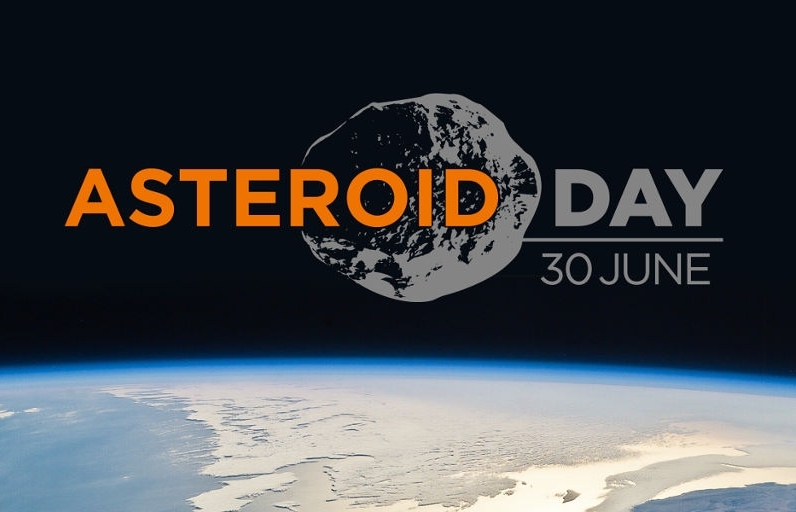 World Asteroid Day (June 30): History, Significance, Theme and Celebrations World Asteroid Day (June 30): History, Significance, Theme and Celebrations Asteroid Day is an event observed on 30 June to provide online education about the asteroid. This event is held on the anniversary of the ... |
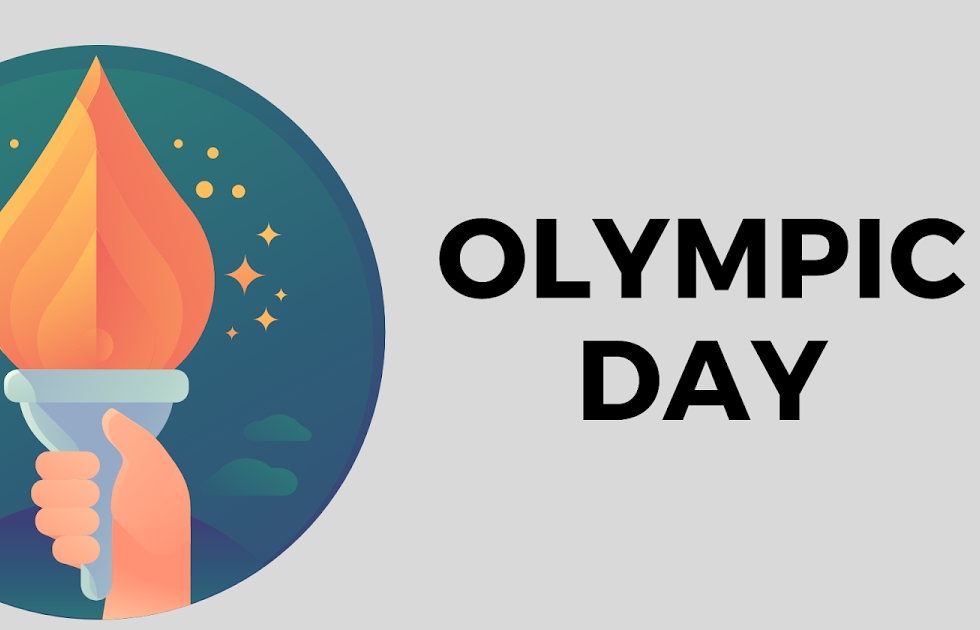 International Olympic Day (June 23): History, Significance, Theme and Celebrations International Olympic Day (June 23): History, Significance, Theme and Celebrations The International Olympic Day is celebrated on 23rd June every year to make people aware of the importance of games in life. Olympic Day is ... |

